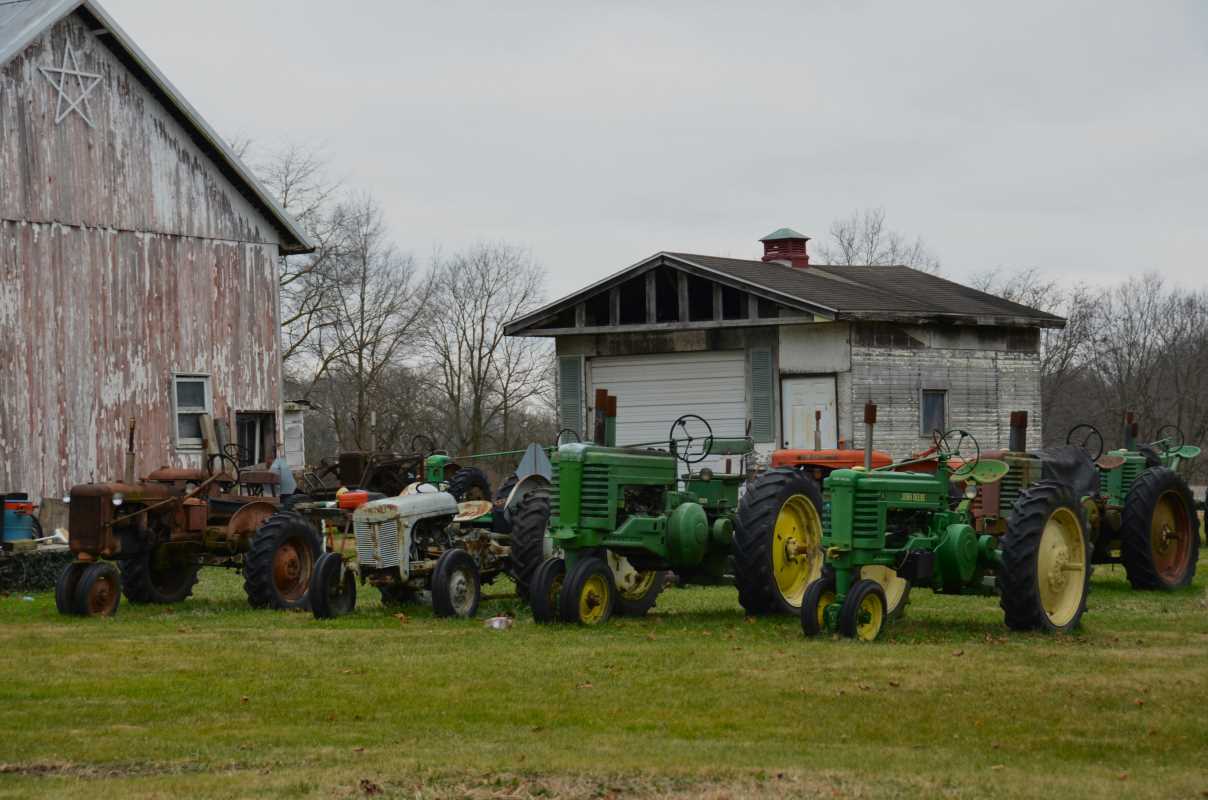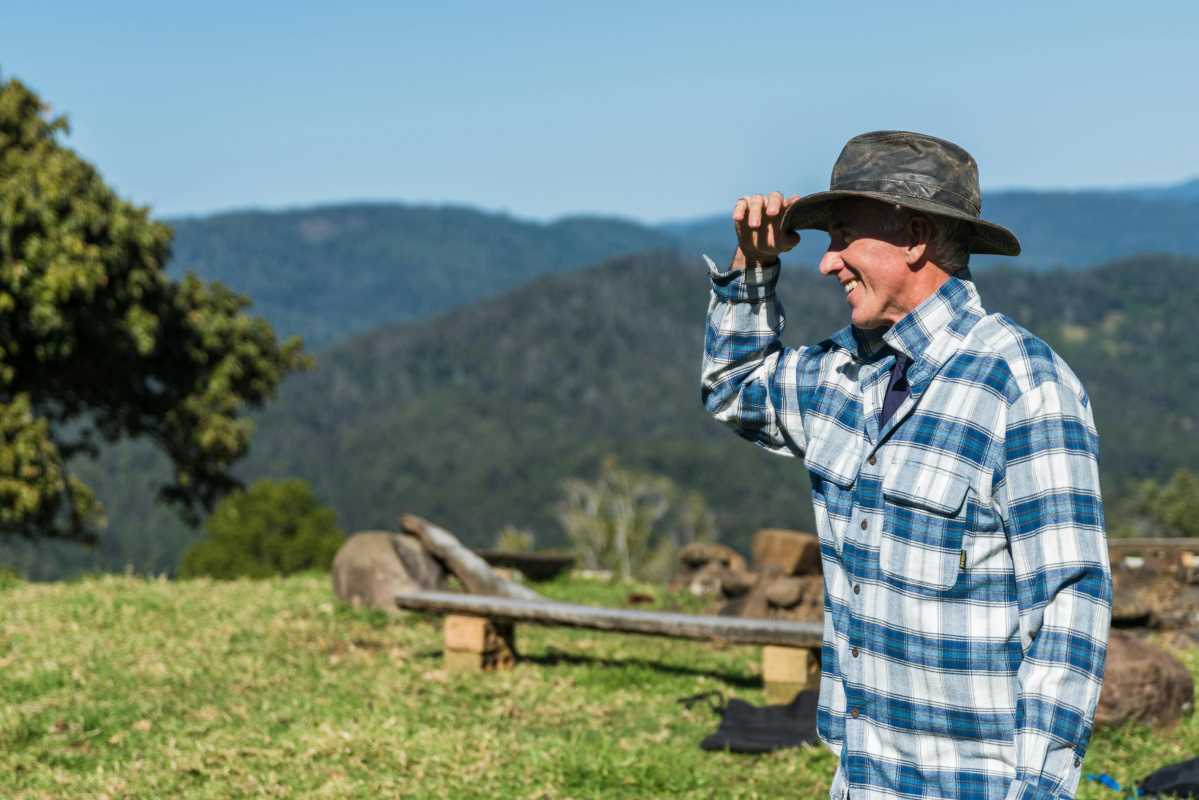Launching a land-based getaway business opens the door to new opportunities and additional income. With your available property, creative ideas, and strong connections in your area, you stand ready to shape memorable escapes for guests. Turning empty fields or rustic barns into welcoming retreats requires financial support, and understanding your funding choices can make all the difference. This guide covers a range of funding methods, offering clear advice you can use immediately as you bring your vision to life and create a unique destination for visitors seeking a refreshing break from the everyday.
Assess Your Agritourism Project Needs
Every project begins with a clear picture of what you need. List equipment, renovations, permits and staffing. Break down each cost to spot where you’ll require the most help.
Once you map out expenses, prioritize them. Distinguish essentials from nice-to-haves. That way, you can target the right grants and loans instead of chasing every opportunity.
- Land improvements (fencing, trails, drainage)
- Building upgrades (restrooms, visitor centers, event spaces)
- Equipment purchases (ATVs, tractors, tents)
- Staff and training expenses
- Marketing materials and online booking tools
Identify Grants and Government Programs
Grants provide cash you don’t have to pay back. Federal programs and state funds often focus on rural tourism and farm diversification. You just need a solid application and matching funds in many cases.
Start by exploring the USDA grants and the Farm Service Agency cost-share programs. Then check your state’s agriculture department for local funding. Each program has specific deadlines and requirements, so track them on a calendar.
- Rural Business Development Grants – Cover up to 50% of project costs, from market research to facility upgrades.
- Agricultural Marketing Service Grants – Support branding, packaging and promotional efforts for farm-based experiences.
- Small Business Innovation Research Program – Fund pilot projects that introduce new tech or practices to your site.
- State Tourism Matching Funds – Usually require a 1:1 match but boost your visibility via co-op advertising.
Explore Private Investors and Loan Options
Loans and private capital fill gaps that grants won’t cover. Each option carries its own risk and timeline. Compare them side by side before signing anything.
Create a brief table or chart on your end to weigh interest rates, terms and repayment schedules. Talk to local lenders who understand agricultural cycles. They often offer seasonal payment plans that align with harvests and visitor spikes.
- Local Credit Unions: Lower rates, flexible collateral rules, strong community focus.
- SBA 7(a) Loans: Up to $5 million, 10–25 year terms, reasonable interest for property improvements.
- Equipment Financing: Secured by machinery, quick approval, fixed rates.
- Angel Investors: Larger sums, mentorship included, but you may share ownership.
Craft a Compelling Funding Proposal
A winning proposal grabs attention quickly. Start with a one-sentence overview of your concept and its impact. Then back it up with data on local tourism growth or survey results from friends and neighbors.
Break your plan into clear sections. Use headers like “Project Vision,” “Budget Summary” and “Community Impact.” Keep the language simple and focus on numbers. Funders want confidence and precision.
- Executive Summary: One paragraph that hooks readers and summarizes your ask.
- Market Analysis: Include local visitor stats or case studies from similar sites.
- Financial Breakdown: Show costs, revenue projections and break-even estimates.
- Management Plan: Highlight your team’s skills and your hands-on experience.
- Community Benefits: Detail job creation, educational opportunities and regional growth.
Build Partnerships and Community Support
Community support can influence decision-making in your favor. Host a small open house or partner with a neighboring farm to showcase a pilot event. Gather photos and feedback to include in future applications.
Local businesses often look for co-branding opportunities. You might offer tasting stations featuring nearby cheese makers or wine producers. Each partner brings their audience to your site and adds credibility to your pitch.
- Chamber of Commerce: Joint events and funding leads.
- Local Schools: Field trip programs that guarantee visitors.
- Tour Operators: Package deals that drive groups to your location.
- Agri-Clusters: Cooperative groups that share marketing costs.
By lining up grants, loans and local allies, you turn open land into a lively getaway spot. Each funding source addresses a specific need. Mix and match to cover every angle.
Start your applications today by tracking deadlines, refining your pitch, and collecting support letters. A clear plan and community backing will help you secure funding for new agritourism ventures.
 (Image via
(Image via





